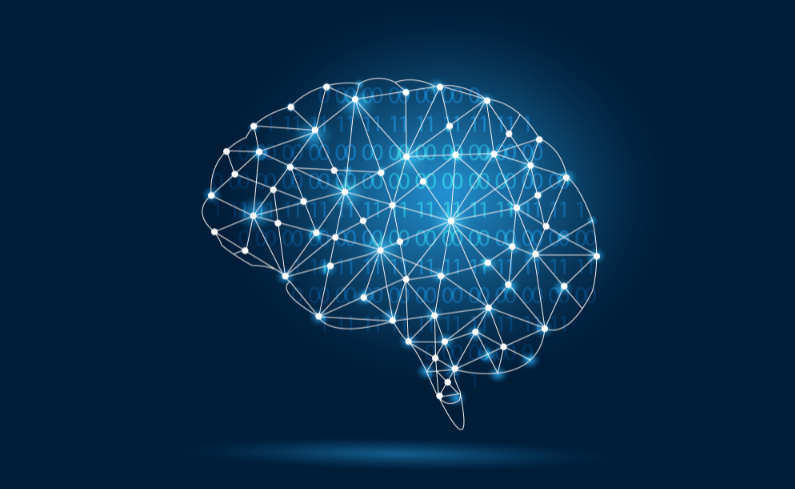
-
Posted By nikhilmehra
-
-
Comments 7
Introduction:
In the intricate dance of human anatomy, the brain stands as the conductor, orchestrating an incredibly complex symphony of functions. One of the most fascinating aspects of the brain’s capability is its ability to adapt and reorganize itself—a phenomenon known as neuroplasticity. In the realm of postoperative surgery, understanding neuroplasticity sheds light on the remarkable journey of recovery and rehabilitation that the brain embarks upon.
Understanding Neuroplasticity:
Neuroplasticity, often referred to as the brain’s plastic nature, is the remarkable ability of the nervous system to reorganize and adapt in response to new experiences, learning, or injury. It challenges the traditional view of the brain as a fixed and unchanging organ, showcasing its dynamic and malleable nature.
The basic premise of neuroplasticity involves the brain’s capacity to form new neural connections and alter existing ones. This intricate process occurs on various scales, from cellular changes to large-scale cortical remapping. In essence, the brain has the power to rearrange its structure to optimize function, even in the face of challenges such as surgery.
Neuroplasticity in Postoperative Recovery:
When the body undergoes surgery, it is not only the physical aspects that demand attention; the brain, the command centre, also experiences a significant event. Postoperative recovery is a delicate period during which the brain engages its adaptive prowess through neuroplasticity.
1. Compensating for Changes:
- Surgical procedures may result in alterations to neural circuits, especially if the surgery is performed on a region of the brain associated with specific functions. Neuroplasticity allows the brain to compensate for these changes by rerouting signals and adapting to the new configuration.
2. Rehabilitation as a Catalyst: The rehabilitation process after surgery becomes a crucial stage where neuroplasticity takes centre stage. Physical therapy, cognitive exercises, and other rehabilitation interventions stimulate the brain to reorganize and form new connections. This orchestrated effort is guided by the innate ability of the brain to adapt and enhance its functional capacity.

3. Cognitive Rehabilitation:
- Cognitive functions may be temporarily impacted after surgery. Neuroplasticity plays a pivotal role in cognitive rehabilitation by enabling the brain to rebuild cognitive pathways. This is particularly evident in cases where memory, attention, or executive functions need restoration.
4. Motor Skills Recovery:
- For surgeries affecting motor functions, neuroplasticity facilitates the rewiring necessary for motor skills recovery. Physical rehabilitation exercises encourage the formation of new neural connections, helping patients regain control and coordination.
Harnessing Neuroplasticity for Optimal Recovery:
Understanding the role of neuroplasticity in postoperative recovery opens doors to innovative and targeted rehabilitation strategies. Healthcare professionals can tailor interventions to leverage the brain’s adaptive potential, maximizing the efficacy of recovery programs.

Conclusion:
In the intricate tapestry of the human body, neuroplasticity emerges as a beacon of hope and resilience. As we delve deeper into the synergy between the brain’s adaptive nature and postoperative recovery, we unveil the immense potential for healing and transformation. The plasticity of the brain, a testament to the wonders of nature, guides us towards a future where recovery is not just a return to normalcy but a journey towards newfound strength and adaptability.
Comments
Leave a Reply to Reyna Sanders Cancel Reply
About Me
Popular Tags
- #Stoicism
- autophagy
- cancer
- Classical music intervention
- EmotionalBalance
- fasting
- fasting benefits
- Gynecological surgery
- health
- health benefits
- healthcare
- healthy
- healthy diet
- HolisticHealing
- intermittent fasting
- lifestyle
- meals
- medical
- MedicationFreeLiving
- mental
- MindsetShift
- MultiModalApproach
- Music therapy
- nutrition
- Opioid alternatives
- Pain management
- PainManagement
- PatientEducation
- Personalized playlists
- Postoperative wellness
- postsurgery exercisse
- Step-by-step healing process
- vascular
- wellbeing





Brenton Peterson
For the product description, I would mention the many ways this watch can be worn. The watch is designed to be worn on the wrist
Marcella Norris
The waist, or even as a necklace. The watch is perfect for an active lifestyle and can be worn for all occasions.
Reyna Sanders
Vestibulum mollis molestie tellus ut placerat. Maecenas et enim rhoncus neque vehicula eleifend at eleifend neque.
Brenton Peterson
Nulla fermentum magna orci, nec semper magna condimentum vel. Donec efficitur rhoncus ligula, at accumsan mi volutpat eu.
Dominic Middleton
A car window cleaner is a product that helps to clean and remove dirt and grime from the outside of car windows. This product is used to clean the windows on a car.
Martha Lloyd
Before applying a window tint. – The product is designed to remove dirt and grime from the outside of car windows. – The product is used to clean the windows on a car before applying a window tint.
Marcella Norris
Nulla facilisis eros ac eros dignissim pretium. Aliquam faucibus arcu vitae velit aliquet, a maximus lectus ultrices. Duis ut molestie risus.